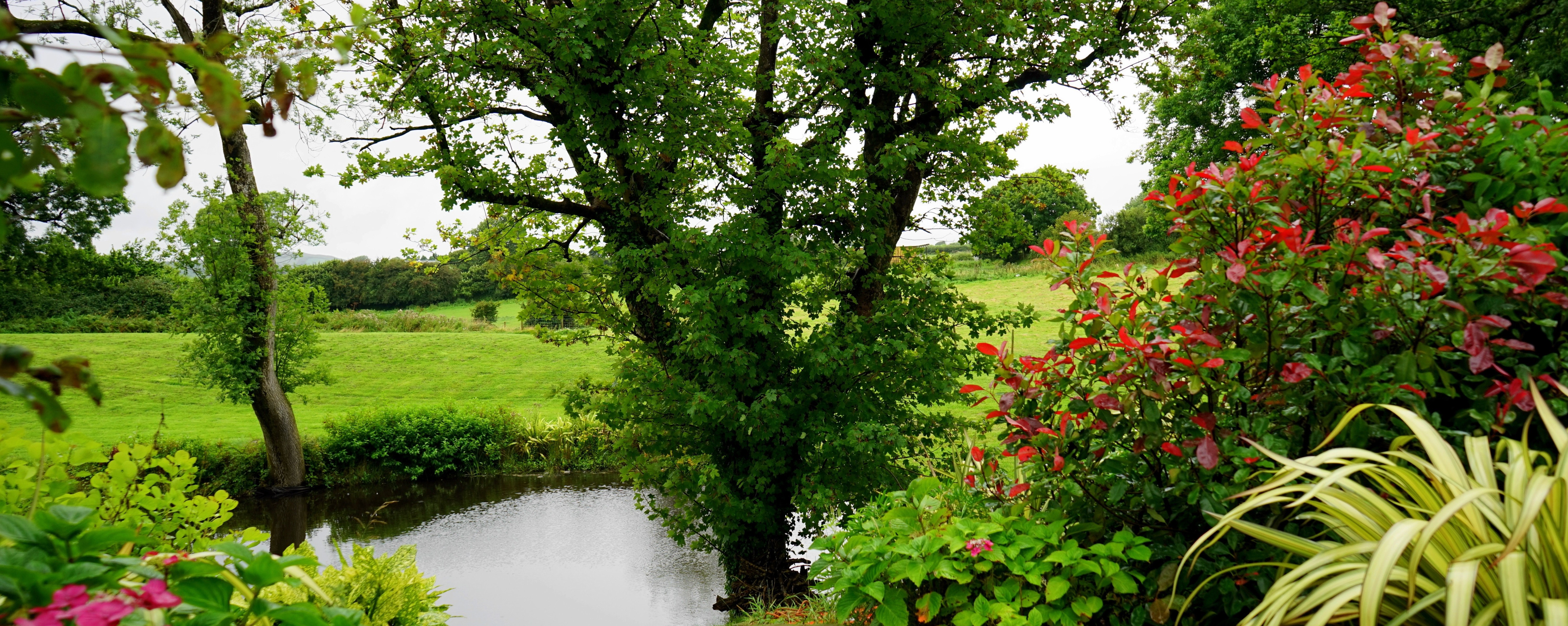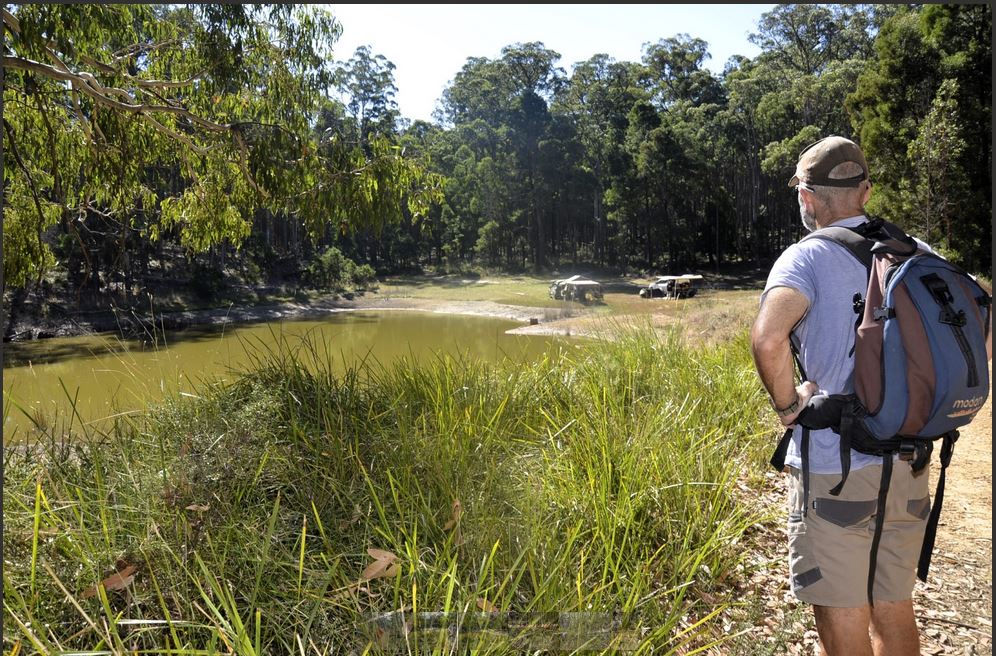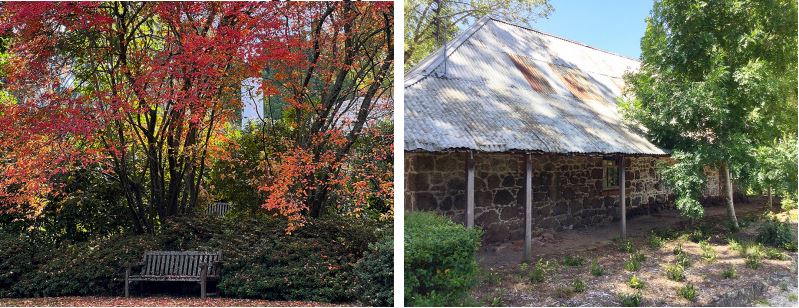August 8th, 2020Bonsai – miniature magic
The growing and care of bonsai requires a little skill, a lot of patience and year-round interest for success. The main thing to remember though is that a bonsai plant is not an indoor one and must be grown outside in much the same conditions as a normal-sized version would need.
Bonsai can be brought indoors for a few days at a time – perhaps as decoration for a special occasion but must be given at least three or four weeks to rest outside between “visits”. Take special care to keep them away from gas or oil heat fires and especially aerosol sprays.
The true art of bonsai is not just growing trees in pots and restricting growth, but also giving the effect of great age and the natural surroundings of a wind-swept mountain top of craggy rock outcrop where the tree would have been weathered, stunted and distorted by the elements.
This effect can be enhanced by your choice of a suitable container, preferably shallow, with good drainage holes. For depth a good rule of thumb is 2cm of depth for every 10-12cm of plant. Shallow plastic punnets as used for growing vegetable seedlings make good starter pots.
Grow your bonsai in a fairly open, friable mix to allow for good drainage. Most better commercial potting mixes should do though ideally it needs to consist of one part friable garden loam and one part leaf mould, peat moss or compost. This should be spread over 1cm of fine gravel.
Almost any tree or shrub can be used for bonsai if you remember the final effect has to be of miniaturisation. It is a good idea to start with some small-leafed, fine-stemmed plants to achieve a proportioned look. Some of the easiest to handle are Chinese elm, miniature pomegranate, Japanese maple (a firm favourite) and dwarf conifers.
Start with a healthy young plant about 10-15cm in height and select a naturally distorted one by all means. These are usually lurking at the back of the store display.
Plant your specimen as you would any other plant in a pot by placing a layer of gravel over the bottom and covering this with 1cm of potting mix. Knock the plant out of its pot and wash the soil away from its roots. Cut off any dead or damaged roots and about one third of those remaining. Place the tree in position in its new container with the roots spread evenly over the soil, then fill the container to within 5mm of the top and tamp it down firmly.
Place the pot in water almost to its top and leave it to soak until the soil is completely saturated. Take it out and prune away about one third of the foliage to help the reduced root system supply adequate food to all that’s above the soil.
Obviously this can take the form of shaping to begin creating the weathered, aged appearance.
Place it out of the wind in a shady spot and don’t allow the soil to dry out. As the little tree grows, continually trim it to develop your desired shape.
Once it has reached a stage where it looks”‘right” you can place it in an ornamental pot with rocks, moss and other artefacts to create a miniature landscape.
Got a gardening question? Ask Glen. Email glenzgarden@gmail.com










